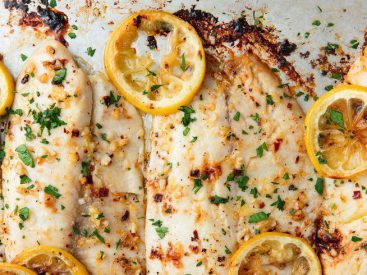I’m an Island girl, from Mer in the far-east Torres Strait. I’m from the Komet People – that’s our tribe – and Wanpun, which is a gecko. That’s my totem. Almost all of our food came from the Island. We grew our own vegetables, fished every day and learned […]
Delicious!
Delicious!



